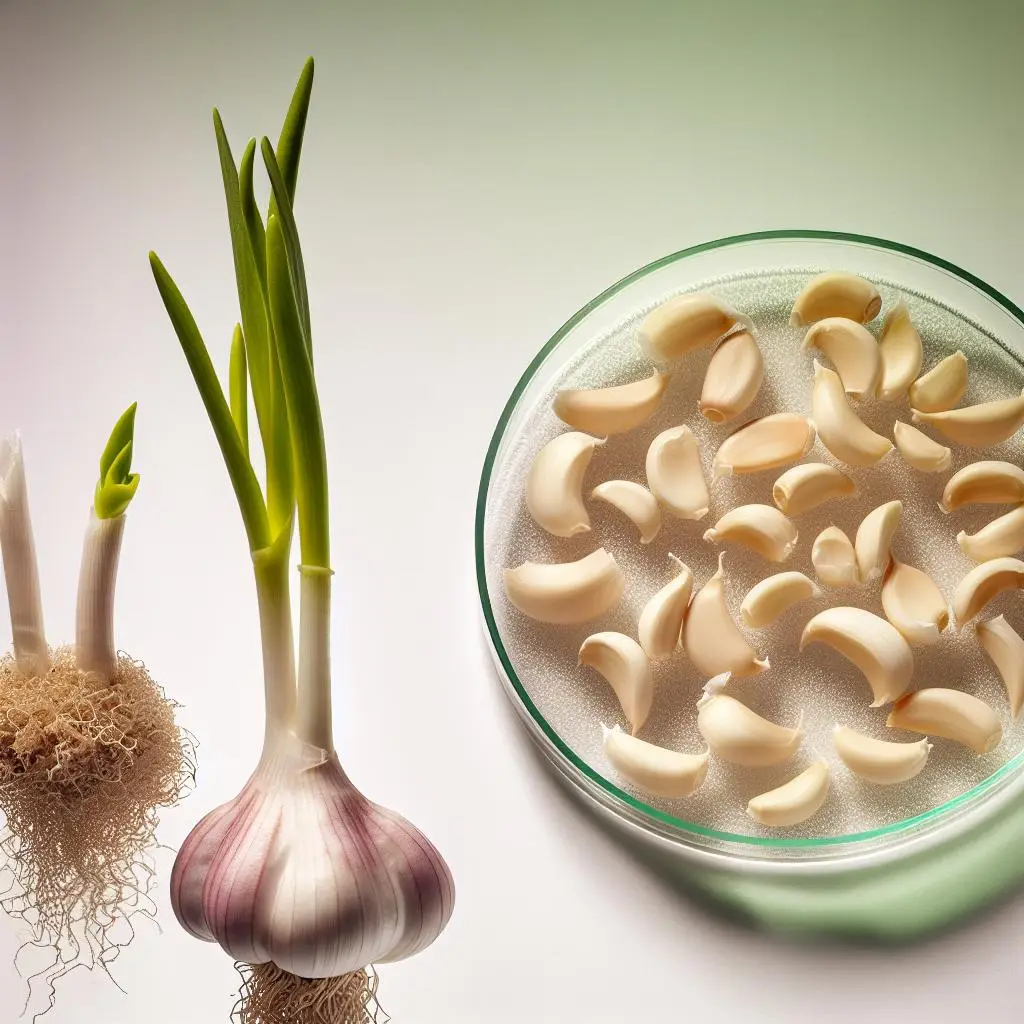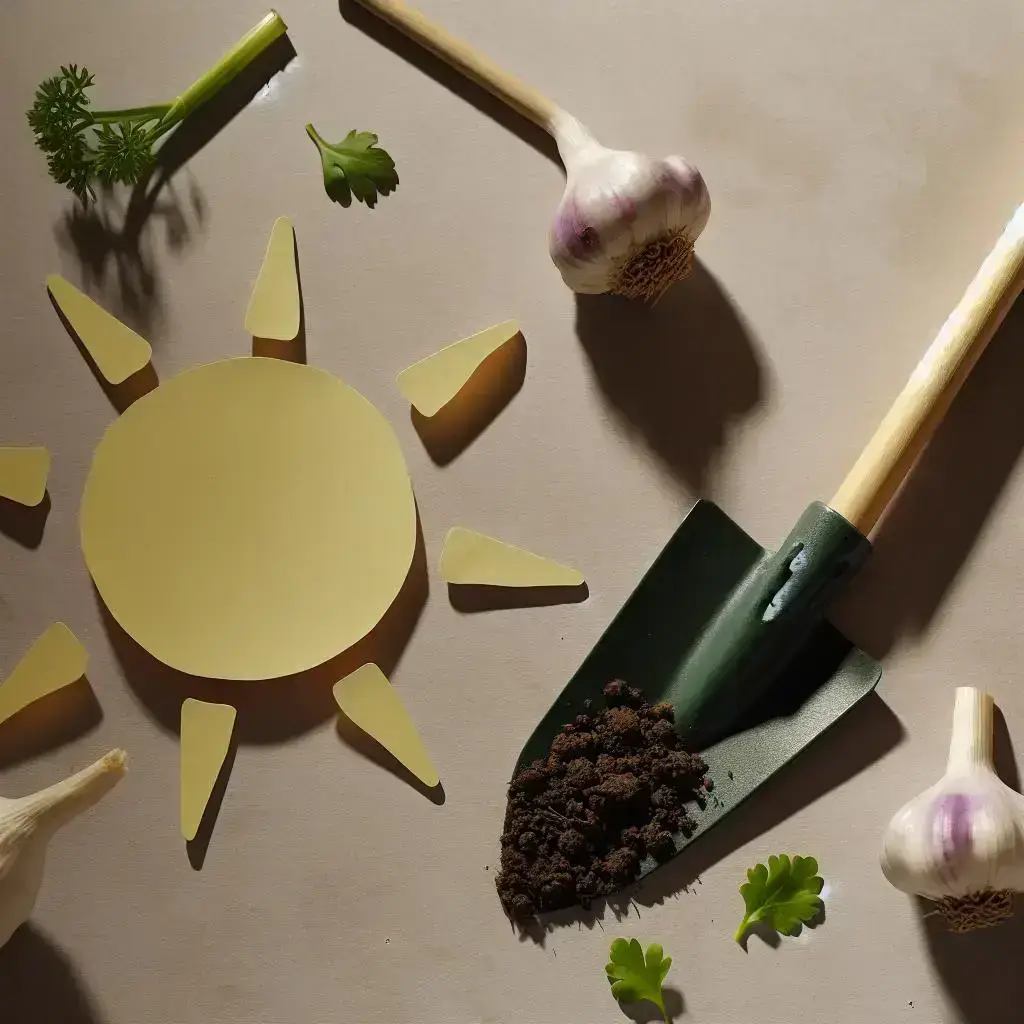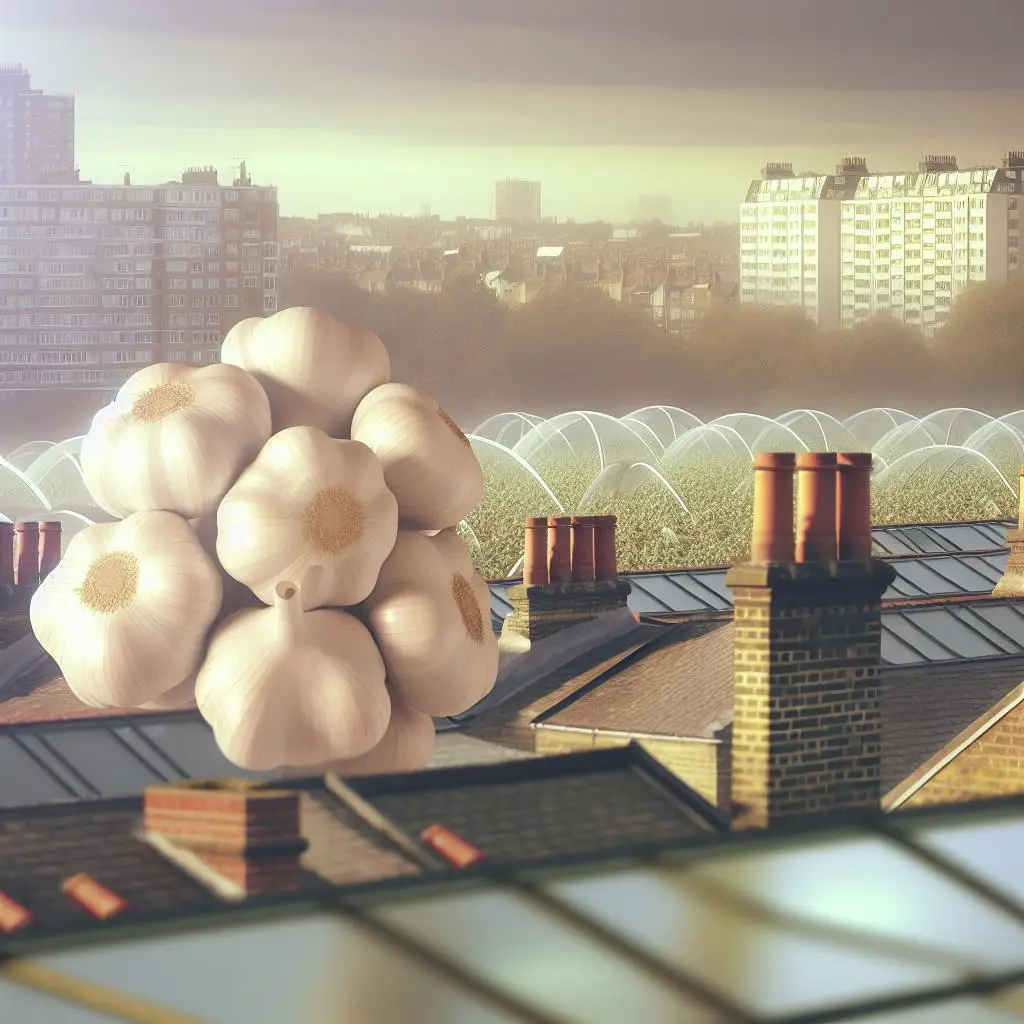Why Does Garlic Change Texture When You Cook It?
Ever wondered why raw garlic feels firm and crunchy, but once it hits the pan, it turns soft and almost creamy? It’s not just magic — there’s some fascinating science behind it. When garlic is heated, its cell walls break down, releasing moisture and breaking apart the structure that keeps it firm. That’s why it transforms from a crisp clove to a melt-in-your-mouth ingredient.
But here’s the kicker: those texture changes aren’t just about aesthetics or mouthfeel. They influence how garlic releases its flavours and health compounds. For example, roasting garlic slowly can make it sweeter and milder, while quick sautéing preserves some of that pungency. Understanding these nuances helps you craft dishes that hit just the right note — whether you want a punch of raw garlic or a subtle, caramelised sweetness.
Science Meets Culinary Art
At a molecular level, garlic contains compounds like allicin, which is responsible for its pungency and health benefits. When garlic is chopped or crushed, enzymes convert alliin into allicin, releasing that signature aroma and flavour. But heat can deactivate these enzymes, changing how much allicin is produced and how the garlic’s texture evolves.
Slow roasting or baking garlic causes the cell walls to soften gradually, making the cloves tender and sweet. Conversely, high heat or quick frying can cause the garlic to become crispy or even burnt, which adds a different flavour profile altogether. It’s a dance of temperature and time — and understanding it can turn you into a real garlic connoisseur.
Practical Tips for Perfect Garlic Texture
- For a mellow, sweet flavour and soft texture, try roasting garlic in a cast iron garlic roaster or wrapping whole cloves in foil and baking at 180°C for about 30-40 minutes.
- If you want a quick, pungent kick, slice garlic thinly and sauté it over medium-high heat until golden.
- To keep garlic crisp in salads or garnishes, add it raw or lightly toast it just before serving.
And don’t forget — the texture also affects how health benefits are released. Soft, cooked garlic may be easier to digest and still retain many of its antioxidants, especially if cooked gently. So, next time you’re in the kitchen, think about not just what garlic to use, but how you cook it — because texture is part of the flavour story.
From Kitchen Experiment to Cultural Tradition
Garlic’s transformation during cooking isn’t just a scientific curiosity; it’s woven into culinary traditions worldwide. From slow-roasted garlic in Mediterranean dishes to quick stir-fries in Asian cuisine, understanding texture changes helps cooks craft authentic, balanced flavours. Plus, it’s a fun way to experiment — trying different cooking times and methods can unlock new layers of aroma and taste.
So, whether you’re a home cook or a seasoned chef, paying attention to garlic’s texture changes can elevate your dishes and deepen your appreciation for this humble bulb. It’s a small detail, but one that makes a big difference.
















